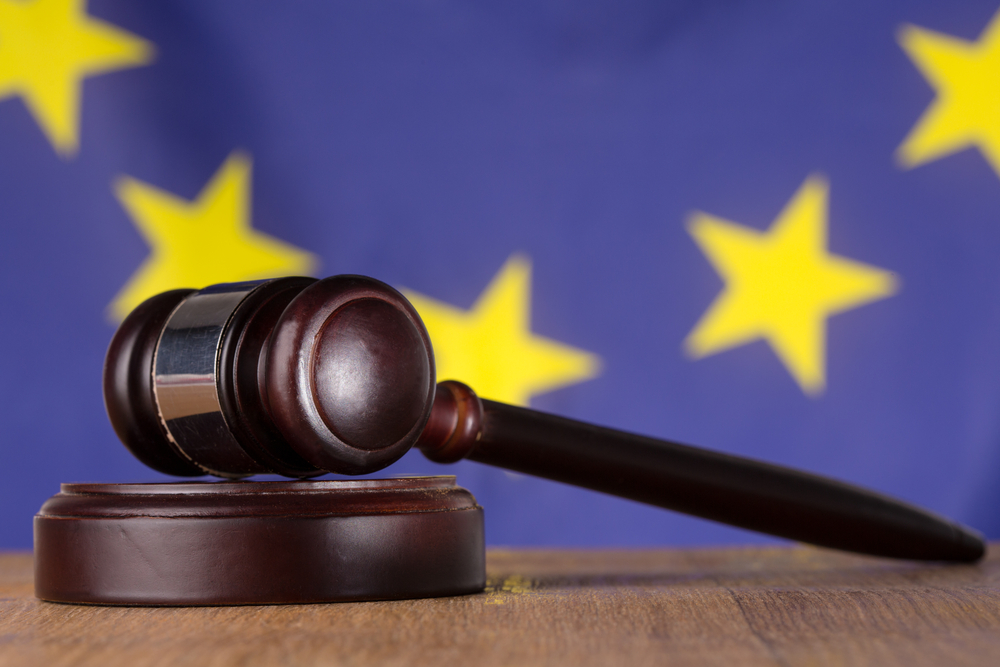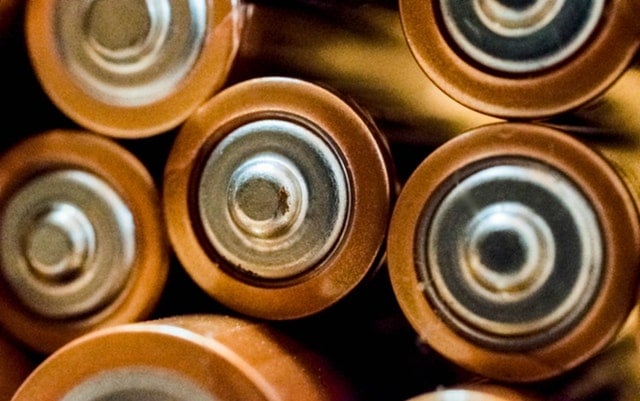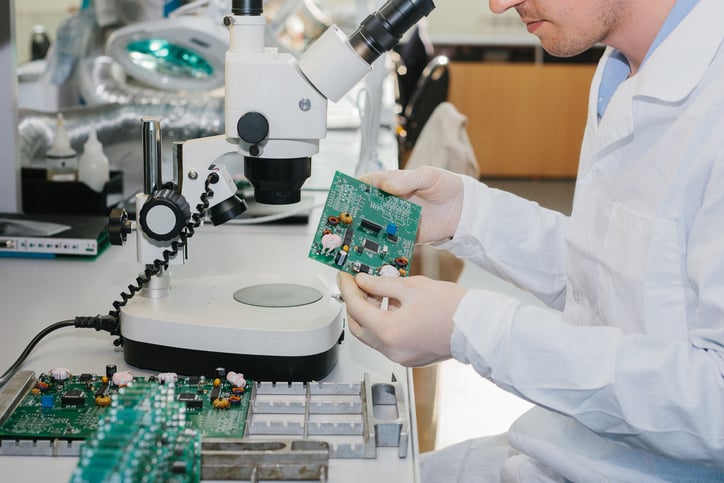American Electronics Manufacturers Are Eyeing EU Chemical Regulations
With the European Union (EU) working toward new strategies to cut down on hazardous chemicals within the electronics manufacturing industry, the...
5 min read
 Matric Group
:
Jun 04, 2025
Matric Group
:
Jun 04, 2025
PFAS regulations are evolving worldwide practically by the day. For electronics manufacturers and supply chain leaders, 2025 brings a clear mandate: Know what’s in your products, and prove it with confidence.
PFAS (polyfluoroalkyl substances), also called “forever chemicals,” have been essential to electronics manufacturing for decades. Their stability, heat resistance, and insulating properties make them valuable in everything from circuit board coatings to wire insulation and chemical etching.
Mounting evidence of PFAS toxicity and longevity has prompted global regulatory action. Beginning in 2025, a wave of new requirements — particularly from the U.S. EPA — is forcing electronics companies to re-evaluate materials, scrutinize suppliers, and adopt more rigorous documentation practices.
Here’s what electronics manufacturers and purchasers need to know about PFAS requirements to stay compliant — and competitive — in 2025 and beyond.
PFAS are a broad class of synthetic chemicals prized in electronics for their thermal stability, chemical resistance, and dielectric strength. Common applications include:
However, these substances are also extremely resistant to degradation in nature and the human body. PFAS accumulate over time in water, soil, and food sources, earning them the “forever chemicals” label.
Global regulators now treat PFAS like asbestos or lead — hazardous substances to be phased out, not tolerated.
This year marks a turning point for PFAS regulation. Here’s what electronics purchasers and compliance teams need to watch:
Federal oversight of PFAS in the United States is intensifying. Electronics manufacturers must comply with several new and updated rules from the EPA that mandate comprehensive tracking and reporting of PFAS usage.
Here’s what’s coming at the national level:

States are going further, enacting bans on products containing intentionally added PFAS:
PFAS regulation isn’t limited to the U.S. — it’s a growing international priority. From Europe to Canada and beyond, regulatory bodies are rolling out new measures that electronics companies must monitor and comply with to maintain global market access.
For B2B electronics procurement professionals, PFAS compliance is not just a supplier issue — it’s also a strategic business risk. Whether you’re sourcing enclosures, harnesses, PCBs, or finished electronic assemblies, you must proactively verify compliance across the supply chain.
What you need to collect:
Your supply chain partners are your first line of defense against PFAS compliance issues. Don’t wait for them to come to you — initiate the conversation now. Establishing clear supplier accountability is a cornerstone of effective PFAS compliance.
Use these targeted questions to evaluate supplier readiness and uncover potential risks in your sourcing network:
Keeping up with evolving PFAS regulations and supplier responses requires robust systems. The tools below can help you manage incoming data, centralize documentation, and ensure audit readiness:
Digital systems can automate supplier outreach, track declarations, flag high-risk materials, and generate compliance reports for audits and customer documentation.
PFAS compliance is an exercise in internal coordination to futureproof your operations. To build a resilient compliance program, electronics manufacturers should take these internal steps:
 Form a cross-functional PFAS compliance team: Include the procurement, engineering, regulatory affairs, and quality control departments
Form a cross-functional PFAS compliance team: Include the procurement, engineering, regulatory affairs, and quality control departmentsFailing to meet PFAS compliance obligations doesn’t just mean regulatory penalties. It could also impact your business in more profound ways:
These risks aren’t theoretical — they’re already affecting sourcing decisions, customer contracts, and go-to-market timelines. Proactive PFAS compliance is a competitive advantage.
For companies that make electronics and the businesses that buy from them, the rules around PFAS chemicals are going to change a lot in 2025. This means they'll need to be much more open about the materials they use, carefully pick what goes into their products, and work closely with their suppliers.
Failure to adapt to these evolving PFAS requirements can lead to disrupted supply chains, compromised product integrity, loss of market access, and potential legal liabilities.
Collecting the right data, engaging suppliers, and planning ensure electronics companies stay compliant and lead the shift to safer, more sustainable solutions.
Looking for more guidance on electronics manufacturing, compliance, design trends, or industry challenges? Dive into expert insights, updates, and best practices:

With the European Union (EU) working toward new strategies to cut down on hazardous chemicals within the electronics manufacturing industry, the...

Major regulation changes have come to electronics in recent years, and it’s important for everyone to take note, including U.S. manufacturers who...

Understanding your marketing is key to a successful product run. That applies not only to your customers, but their home country as well.